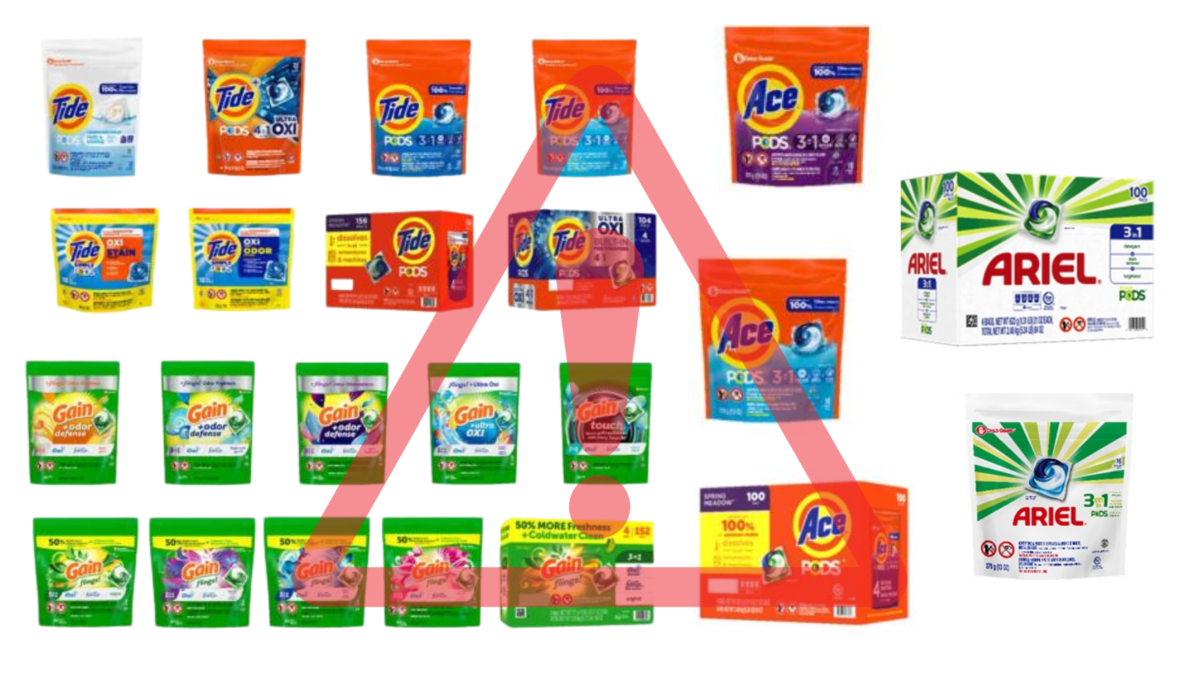 As summer approaches, we’re eagerly anticipating family road trips. Stay updated on car seat safety so your summer adventures are safe. Earlier this year, Consumer Reports commended new federal standards for child car seats that took effect. These long-awaited updates by the National Highway Traffic Safety Administration (NHTSA) will make car seats easier to use for caregivers and provide greater protection to children.
As summer approaches, we’re eagerly anticipating family road trips. Stay updated on car seat safety so your summer adventures are safe. Earlier this year, Consumer Reports commended new federal standards for child car seats that took effect. These long-awaited updates by the National Highway Traffic Safety Administration (NHTSA) will make car seats easier to use for caregivers and provide greater protection to children.
NHTSA’s changes are the first time that side-impact protection will be evaluated on an equal playing field and will set a minimum level of performance nationwide in standardized side-impact tests. Many of NHTSA’s changes may not be evident to the consumer just by looking at the seats, but they are a vital step forward for safety.
May is Child Passenger Safety Technician Month, so KID sat down with Amy Hill from Safe Kids Chicago/Illinois to learn more about the changes in store. Amy is a KID board member, and is the Director of Unintentional Injury Prevention Program at the Ann & Robert H. Lurie Children’s Hospital of Chicago and runs the Chicago branch of Safe Kids Worldwide, a great resource for parents looking for child passenger safety technicians that can help set up their seat.
Q: What are the new regulations and how do they affect consumers?
Amy: I think the biggest change parents will see is how labeling works. The new labels will create less confusion for parents about the exact weight and height limits appropriate for the seat so that parents understand the transition a little bit better and when to transition kids. The other thing is that they are standardizing and making the side impacts testing equal, because that has been kind of a sticking point in the past. Side impacts are one of the most common ways that people have crashes. And for many years, they just front tested and back tested the crash tested seats. They didn’t do a side impact test. The new regulations put side impact tests on equal footing with back and front impact tests.
Q: You mentioned new labeling and that it would create less confusion for parents. Can you explain what the confusion was?
Amy: With transitioning to booster seats, it’s really more important that you actually know your child’s height than their weight. For example, the law in Illinois is a child needs to be in a booster seat until they’re eight years of age or 80 pounds. But really, you can have a heavier, six-year-old that really isn’t tall enough to be out of a booster seat or even eight-year-olds that are not tall enough yet. In fact, the typical height is about four feet nine inches tall and there are very few eight-year-olds that are anywhere close to that. [The new labels] will give more information about the height because that’s more important than the weight. Originally, parents tended to know their child’s weight more than their height but now they’re trying to change the “eight years of age or 80 pounds” messaging so that it’s got height information on it as well.
The message needs to get out to parents that the longer you keep kids in car seats, the better and the longer the transition is to a regular seat belt, the safer your kid is. Parents seem to have missed that message a little bit… So I think the new labeling will clarify that.
Q: When a parent is shopping for car seat, what should they look for?
Amy: I think they just need to look for one that is appropriate to their child’s age, size and developmental needs. There’s no one car seat that is better than another one. You don’t have to buy the most expensive car seat on the market. Frequently those just have a lot more convenience features. You can get any seat that’s been crash tested and is from a reputable manufacturer. You should also check to make sure if there were recalls on the seat before purchasing.
Q: And how can parents find someone to help them install their car seats like certified child passenger safety technicians?
Amy: [In the Chicago area] Lurie Children’s does checks by appointment. You just need to email carseats@luriechildrens.org and we can do them virtually or in person, on Fridays typically. Local police stations or fire stations also have programs. You can find Child Passenger Safety Technicians near you through the Safe Kids Worldwide link as well.
For more car seat safety resources, visit www.nhtsa.gov and read the American Academy of Pediatrics (AAP)’ car seat guidelines. Follow KID on Facebook, Instagram, Twitter, and TikTok to learn more about the work KID does.


